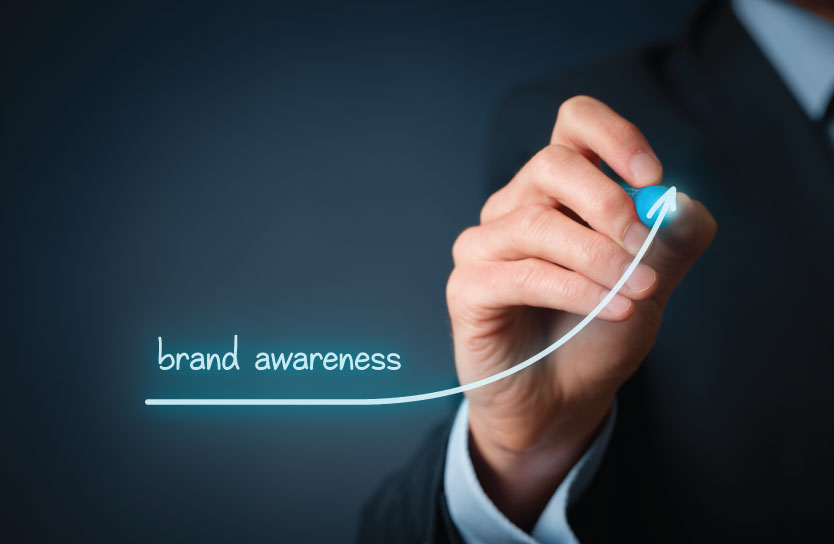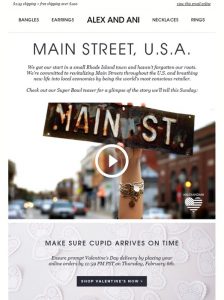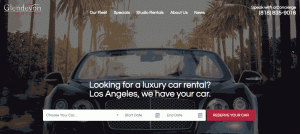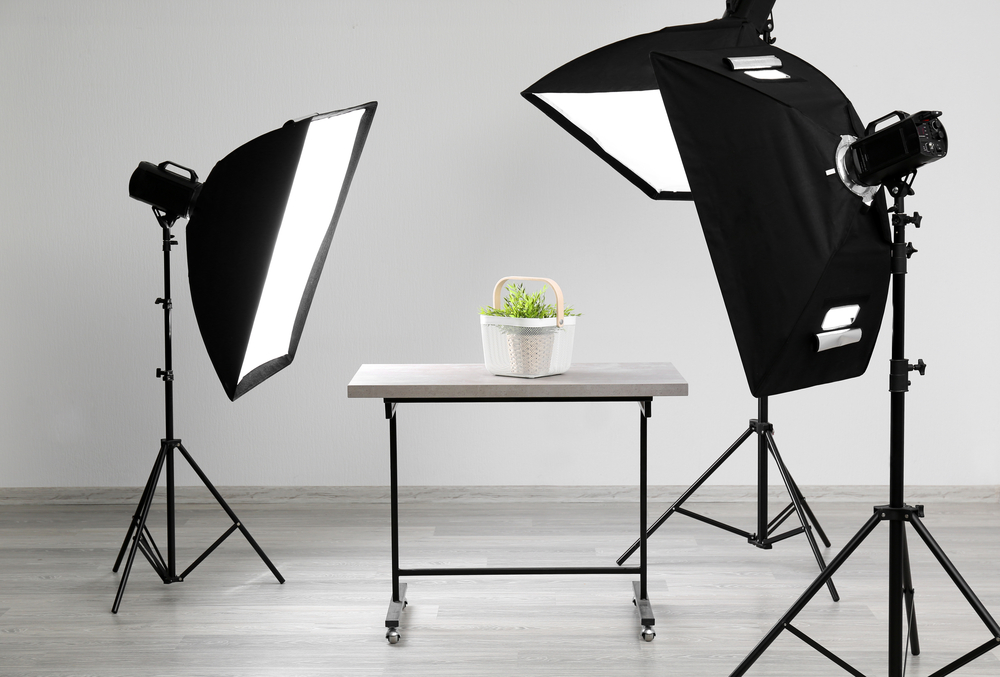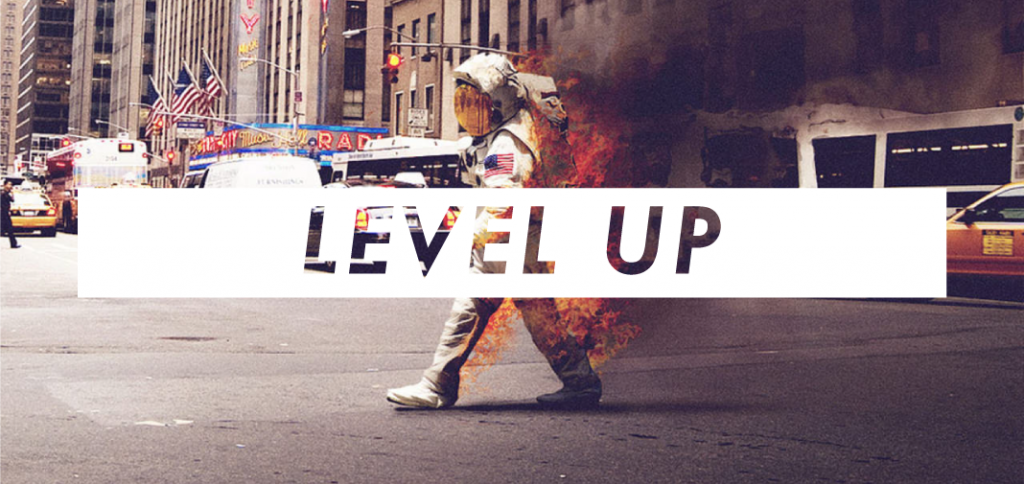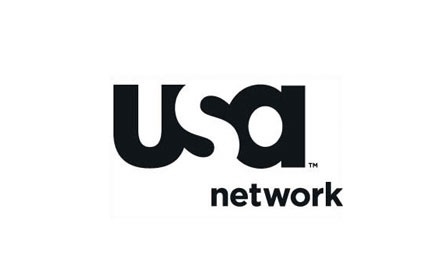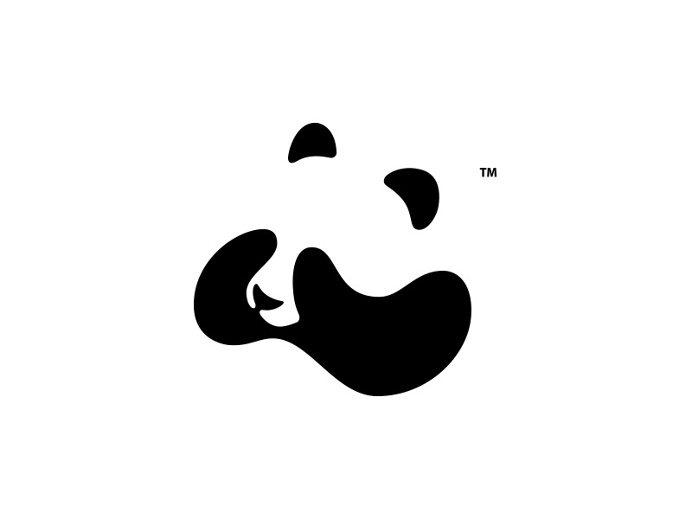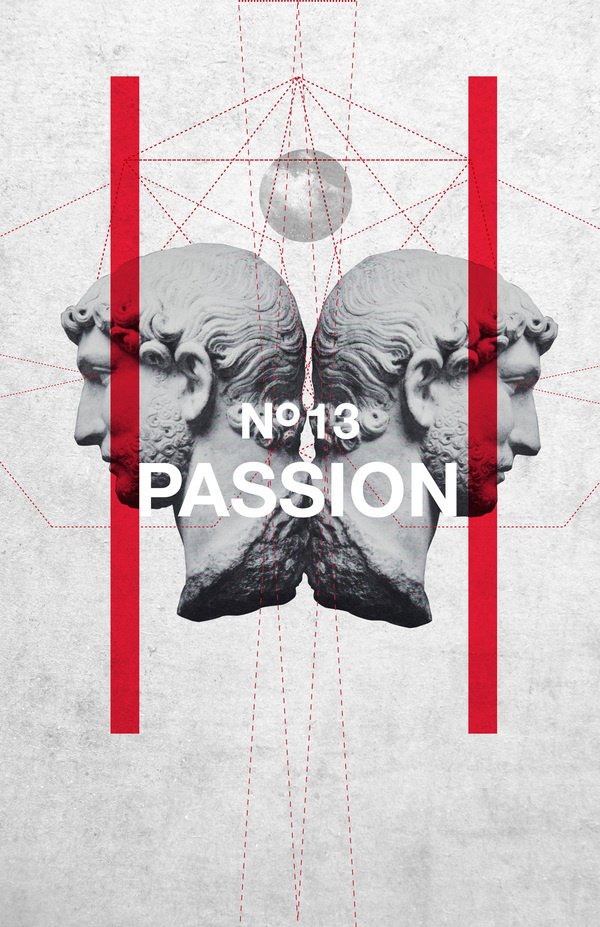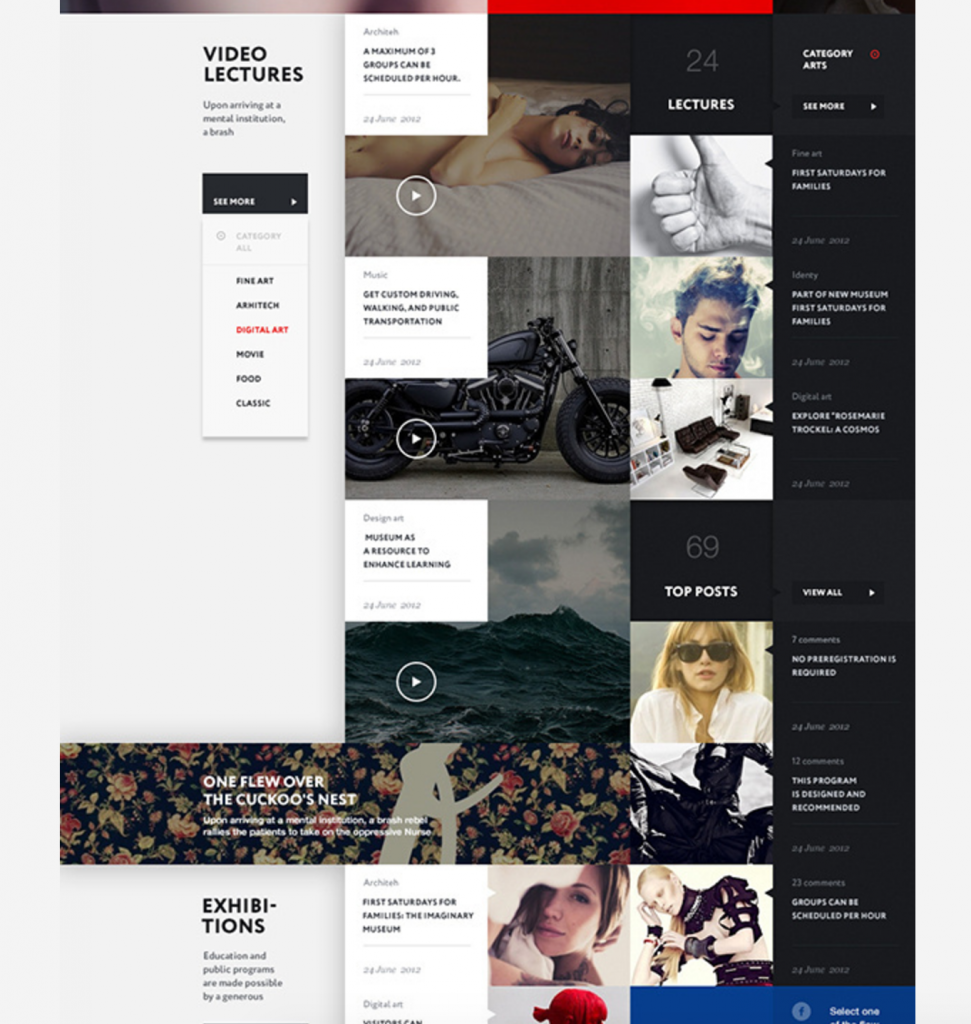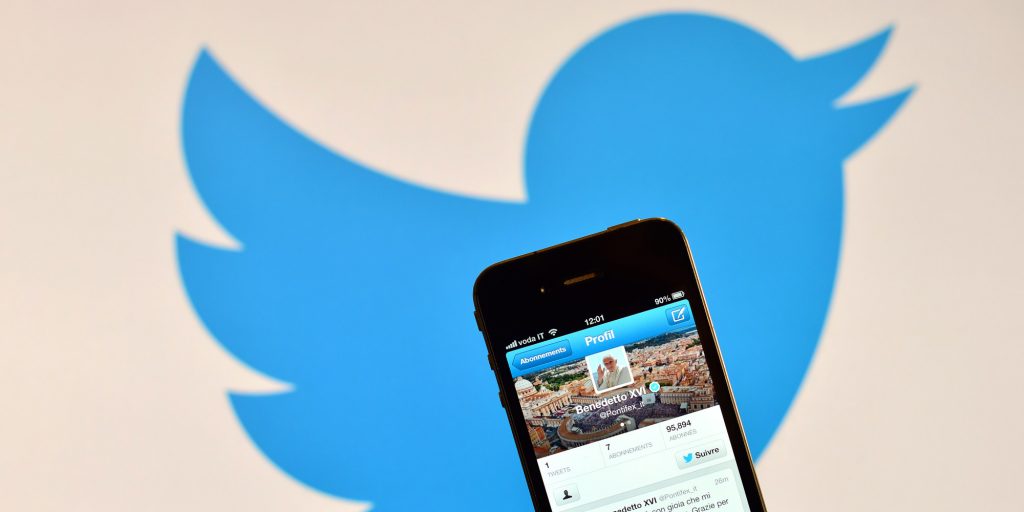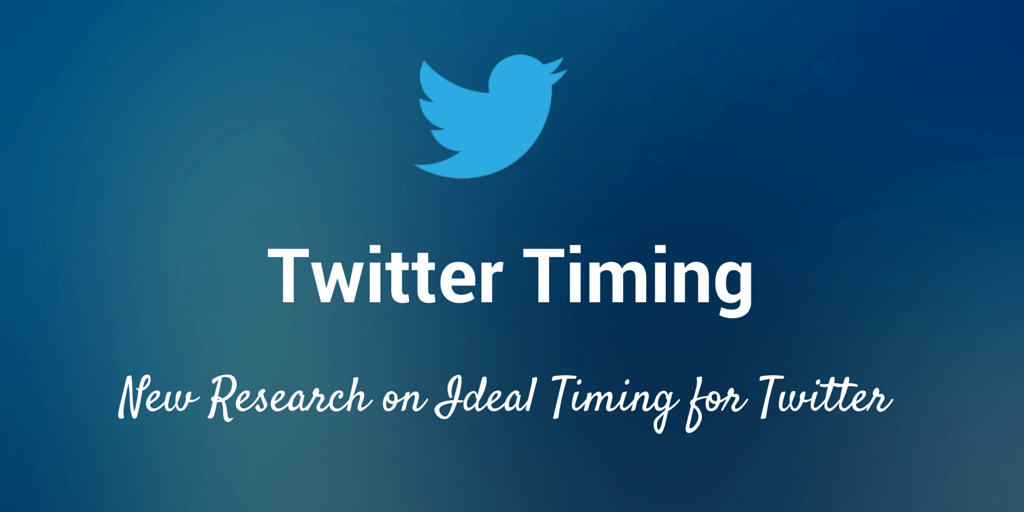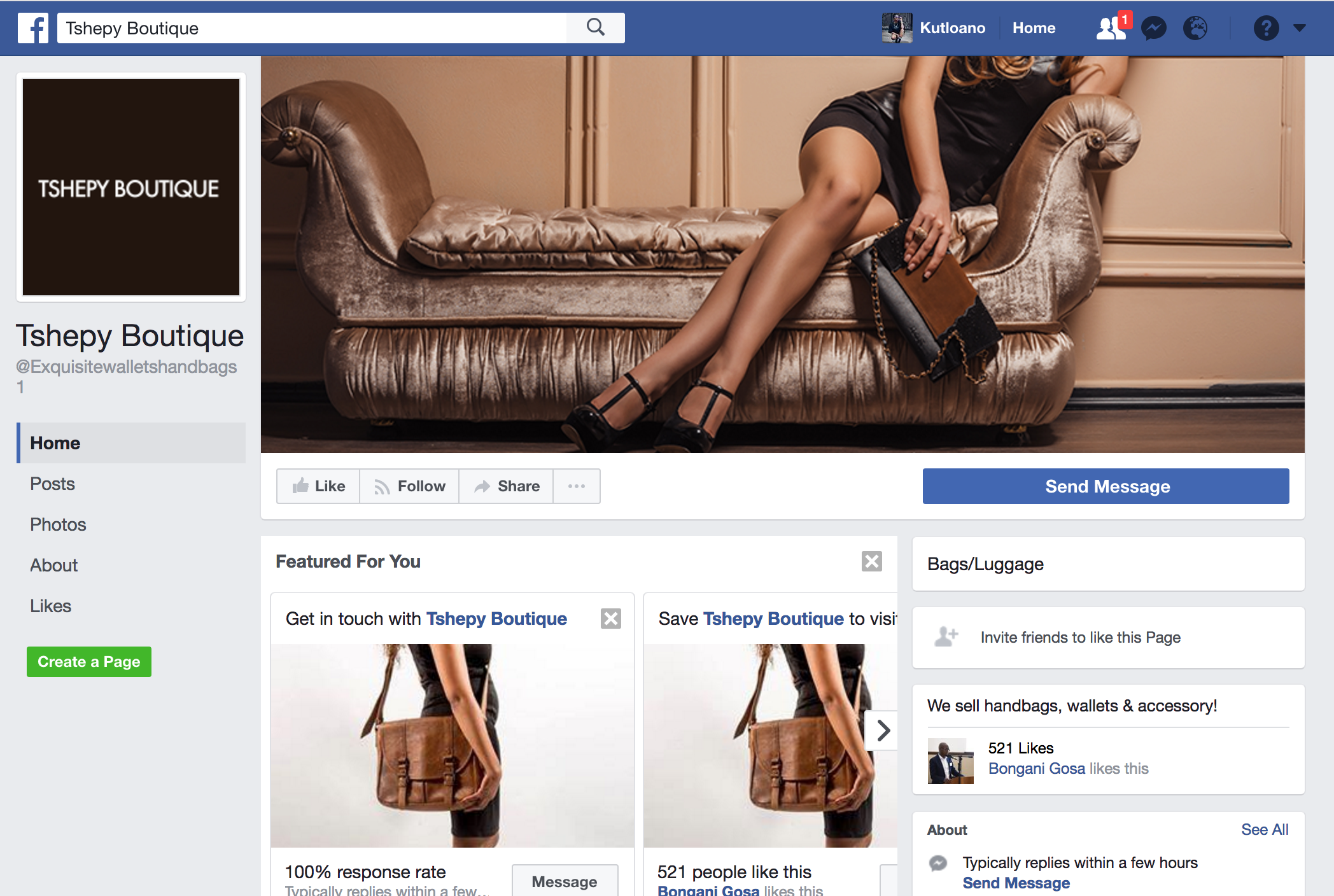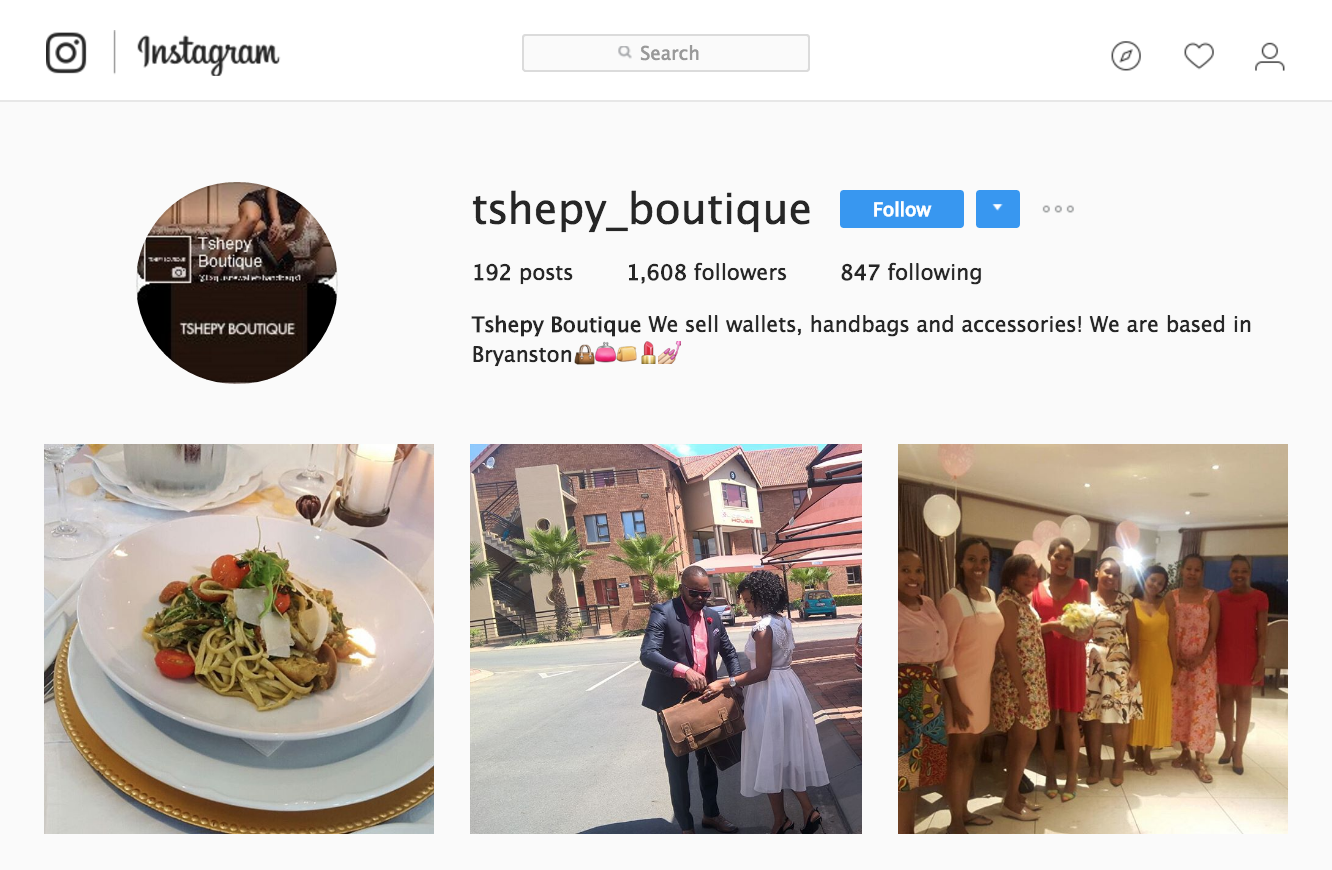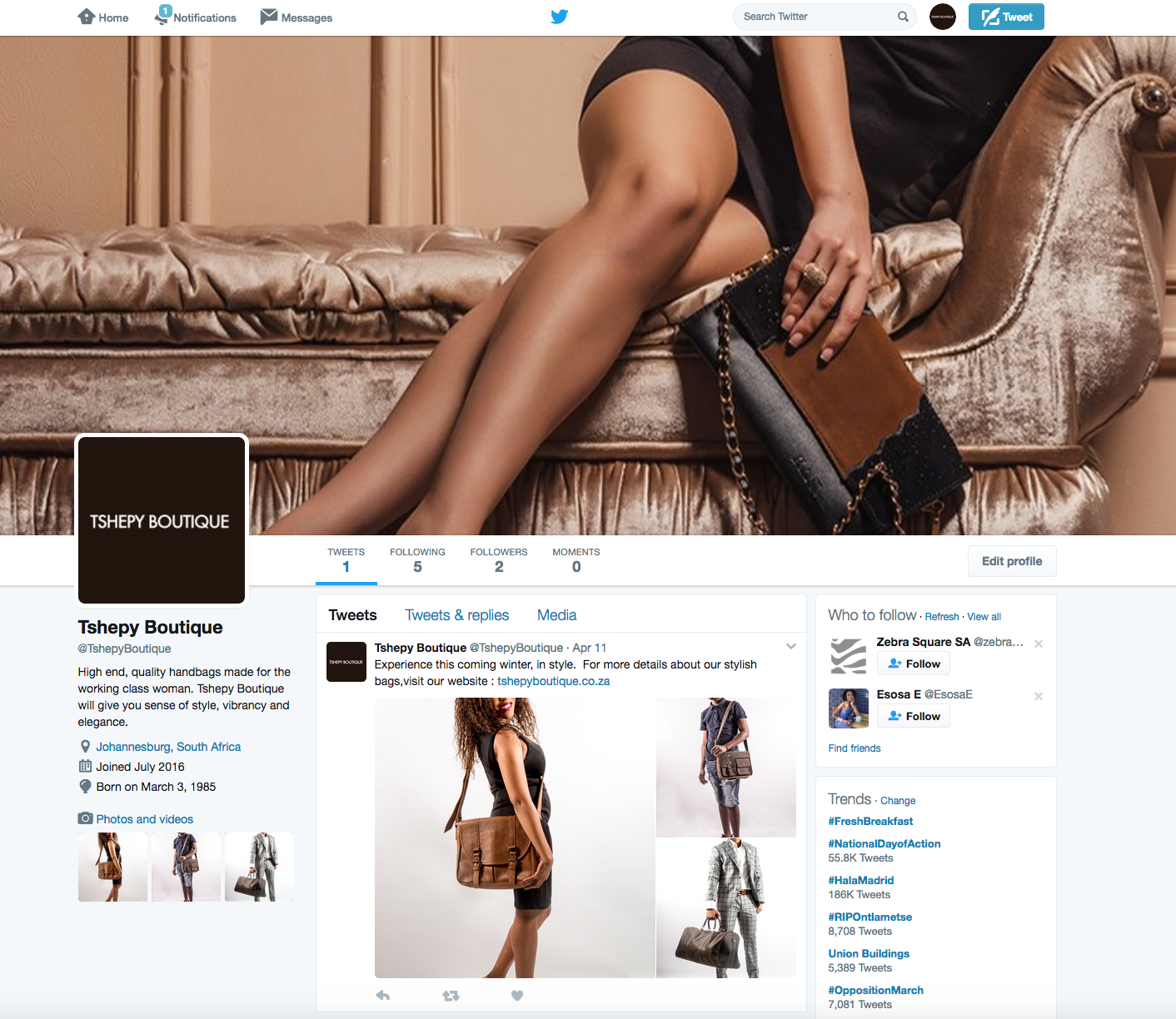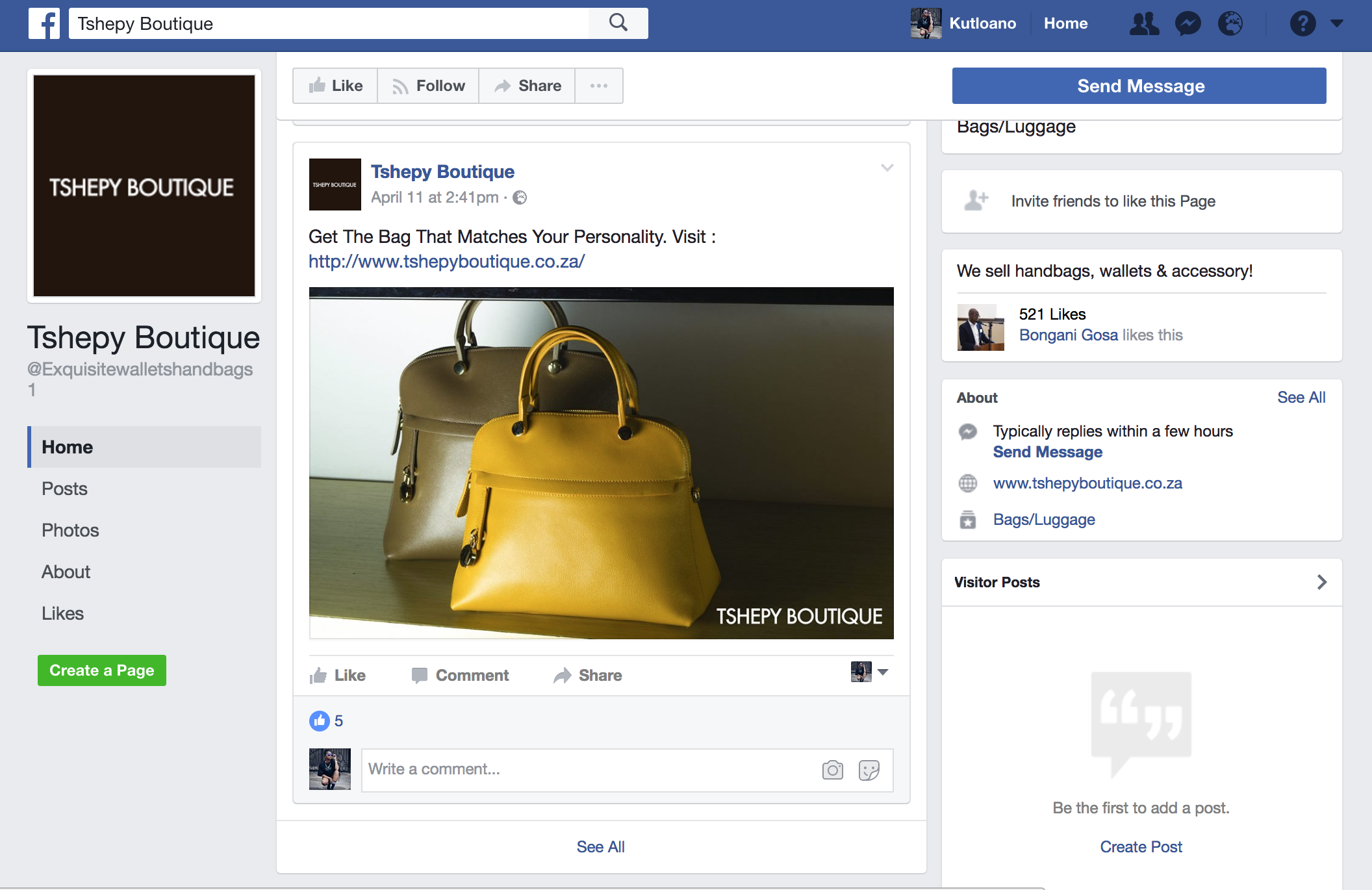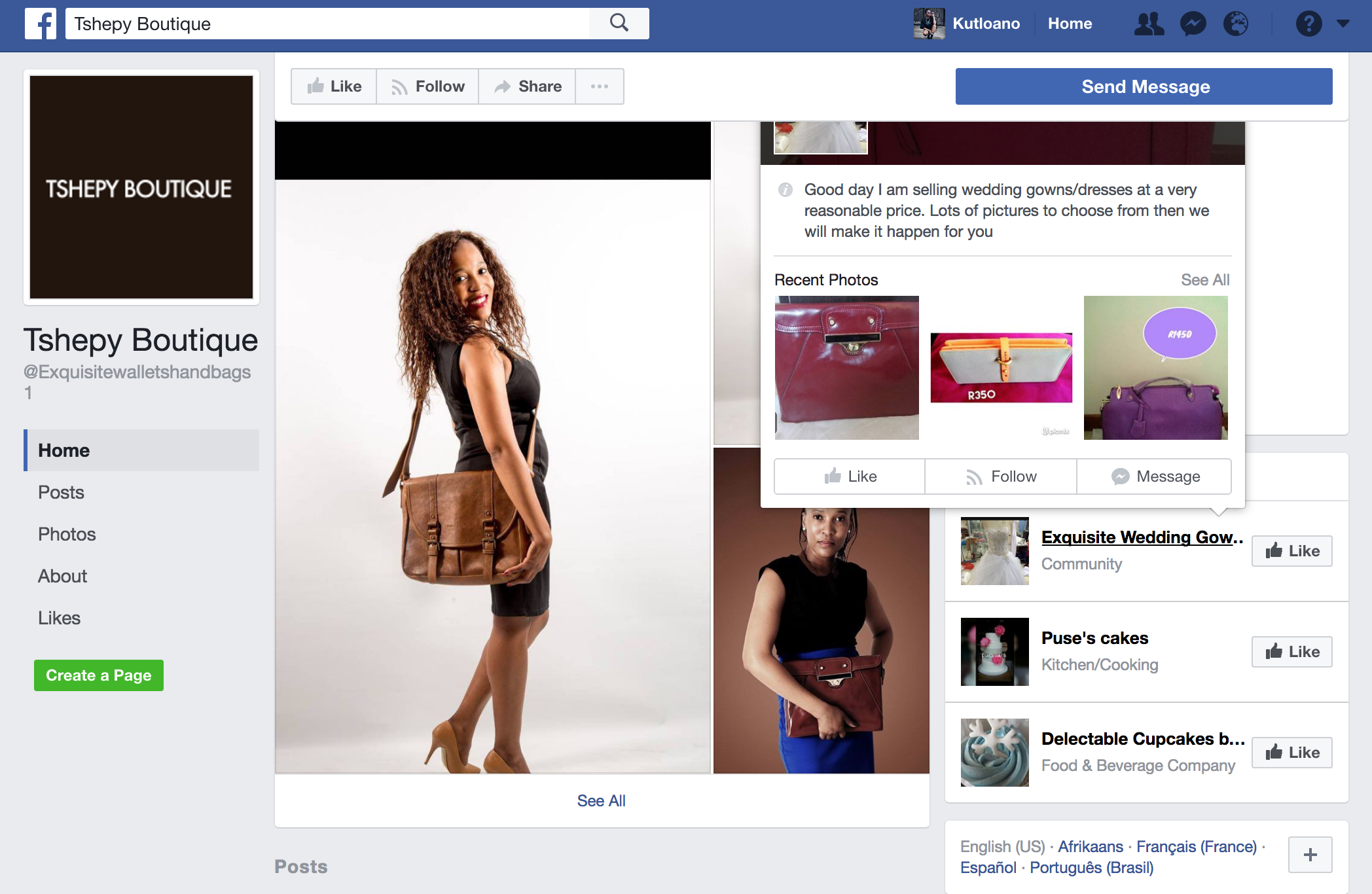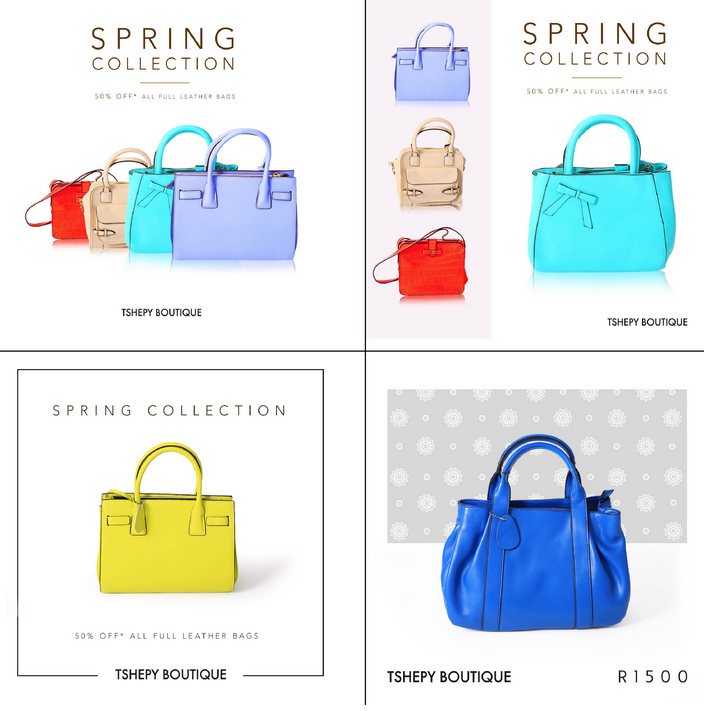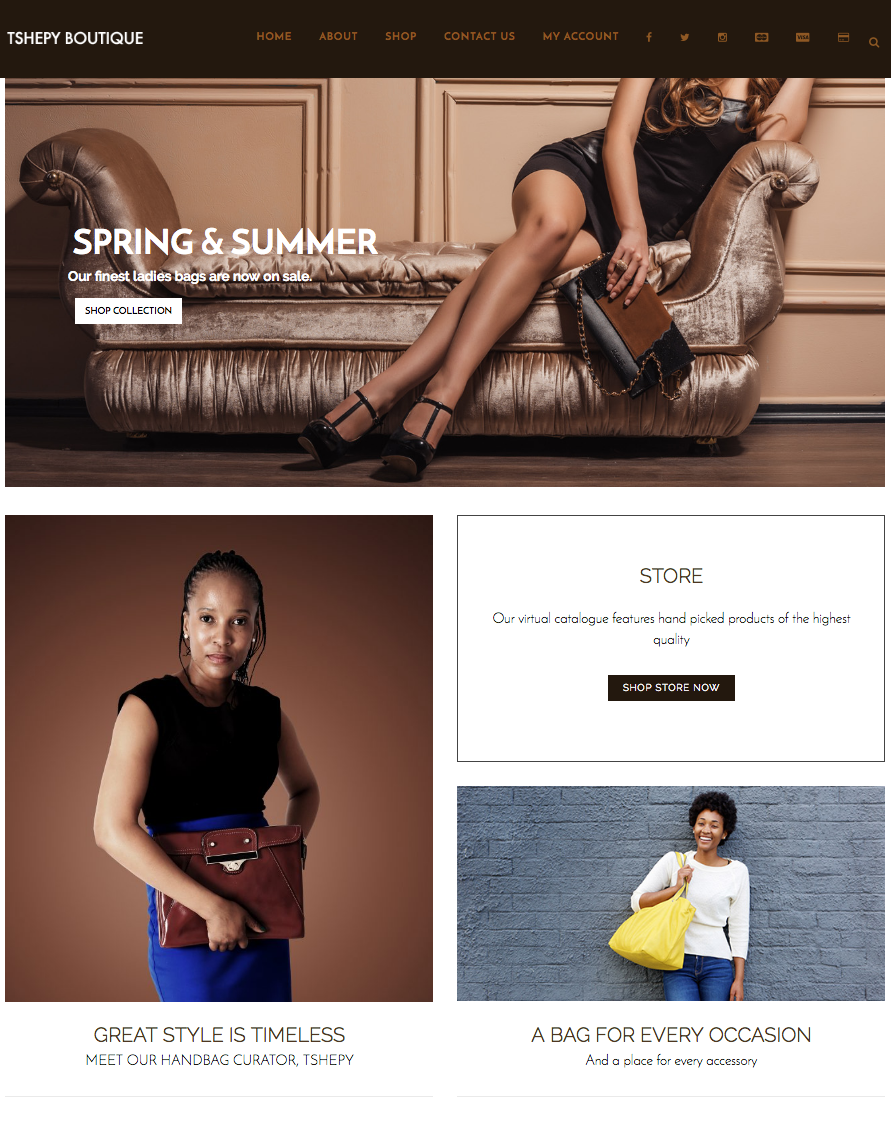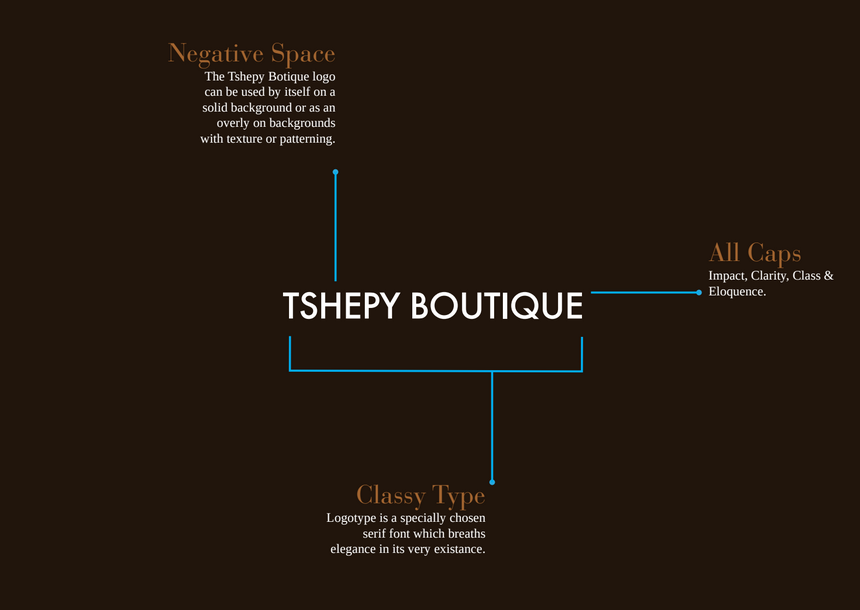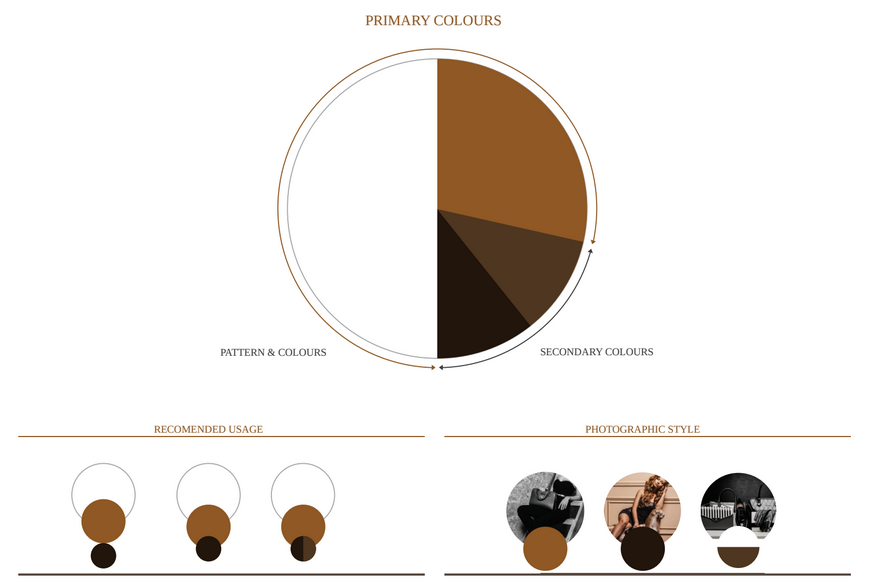22 May 5 Reasons Not To Obsess Over Competitors
Focus On Your Customers, Never Your Competition!
One of the common thing marketers do is obsess over their competitors, ironically, this is exactly what one should avoid. The issue with being up to date with what your competitors do is that, this, in turn means that you are only mirroring your competitor as he is probably doing the same thing. The aim is to be innovative and sort of separate your brand, in order to improve the chances of brand elevation and growth. You know the saying? “Separate yourself in order to elevate”.
It seems utterly unreasonable to disregard competition intentionally when every industry is so competitive.
Wouldn’t I need to know what what my competition is doing in order to perform better than them?
What if I miss a new launch of something important?
How will I stay up to date with the latest technological trends and industry styles?
These are commonly asked questions when presented with the idea of completely disregarding the existence of competitors, but I have one quote by Nobel Prize winning author, André Gide that could change your entire ideology on this. “You cannot discover new oceans unless you have the courage to step away from the shore”. This is one of the most relevant quotes in the attempt of opening the minds of marketers to see the perspective of NOT being mindful of competitors.
The business world consists of many guidelines on what to do and what not to do in order to grow your brand, the focal point of every “Competitive analysis” question is, of course “Who is your competition?”. In essence, there is absolutely nothing wrong with checking out what your competition is up to and staying up to date with that, but it is the leaders who are advanced,that can look beyond this. By looking beyond this,I mean, not looking at all.
It is both motivating and debilitating, to keep track of what your competition is up to, but as soon as you start feeling threatened or intimidated, it is time to switch up the focus.
How are your opponents distracting you from being a better entrepreneur?
Here’s why focusing on your contender could potentially wound your business.
1) You are only distracting yourself.
Checking out what your competition is up to is definitely a “natural” move, but there’s limits to this. Obsessing can easily enable you to focus on beating/bettering the standards of their business, instead of focusing on the reason you started the business in the first place, your customers/audience. Although it is supposedly a great strategy to focus on your competition, it is also important to filter out “common” business techniques accordingly. If you truly think about it, the guy that wrote, “Stay up to date and know every move your competitor makes”, is probably a billionaire somewhere and is not really going to give you the details, he is going to tell you exactly what you want to hear. Truly speaking, the idea of checking your competitors every move, is completely “fear based”, people generally fear innovation mainly because the chances of success are not 100 % guaranteed.
2) Limiting the growth of your business.
You are only limiting growth. Is it really advisable to base your company’s “plan”, on what your competition is up to? What if your so-called “reference” goes out of business, what happens then? Competition based pacing is super risky, because you never know what the future holds for the competition. Look at your own business, that is where all the energy and focus should be.
3) Negatively speaking of your competition.
If your competition is, “your competition”, the least you can do is respect what they are doing right. In order to surpass your competitors, you need to respect them, respecting them in this case refers to acknowledging their great methods of marketing because if they are a threat, then they are obviously doing something right. Do not hate your competition! “What John says about Peter, says more about John, than Peter”.
4) Stop doing what they do.
Just stop. This will not help you grow and be innovative. “Copy-paste”, methods in business can get you somewhere, but not as far as you wish to go if you are a BIG goal orientated marketer. Simply replicating existing concepts in the hopes of doing it better is not the best way of doing things, mainly because there’s nothing new and exciting about this approach. People want innovation, people are drawn to risky stuff.
5) Your customers don’t care about your competition.
The truth is, Once your audience have chosen your “product”, they are not concerned about your competition. Offer fantastic unravelment to possible problems your customers face and make sure that this is in their face. Once customers have chosen YOU, just focus on keeping their loyalty!
Research your competition and know what they are up to, but never obsess over every move they make. Competition is great for the soul, but don’t lose your focus. Focus on your company, how you can improve. Acknowledge your strong points, work on your weaknesses.
Competitors who?
Save







